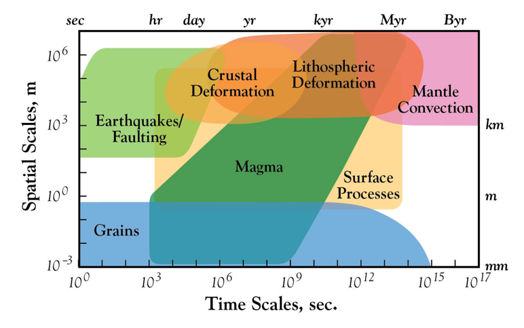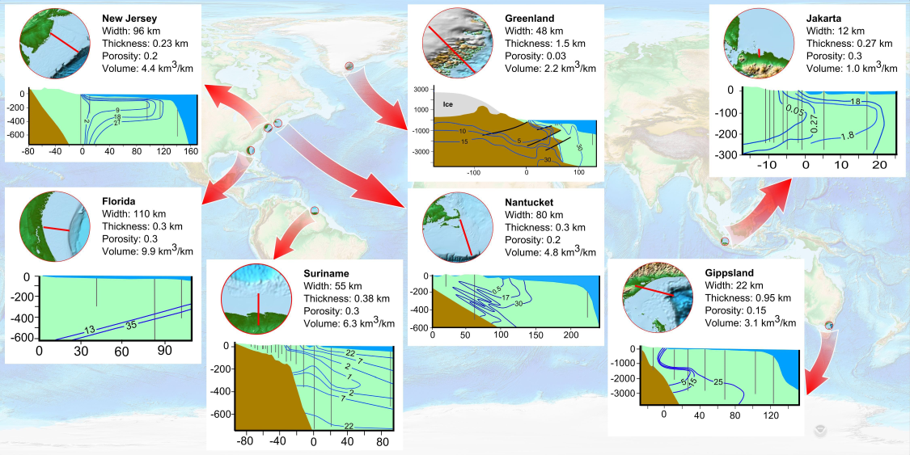John Naliboff, Mark Person, and Kate Leary are awarded Frontiers in Earth System Science Grants from the National Science Foundation
January 2020

Mark Person (professor of hydrogeology) and Kate Leary (assistant professor, fluvial geomorphology), along with sedimentologists, geophysists, computer scientists, and applied mathematicians from Columbia University, the University of Colorado, and the University of Minnesota were awarded an NSF FRES grant entitled, “Collaborative Research: Exploring the linkages between Sea-Level Change, Sediment Transport and Geomorphology on Coastal Freshwater Water Sequestration”. This $2.1M grant will support 2 graduate students at the University of Minnesota and New Mexico Tech. The project is focused on understanding the distribution of freshwater and sea water along continental margins using coupled sediment transport and hydrogeologic modeling as well as magnetotelluric surveys. In a recent study, Person and his colleagues estimated that 105 km3 of freshwater is sequestered in continental shelf environments wordwide. To put this number in perspective, the total estimated annual groundwater withdrawal from on shore aquifers within the United States in 2015 was 117 km3. Two study areas in Bangladesh and the New Jersey continental margin will be investigated as part of this grant. One graduate student from Bangladesh, Navis Sazeed has already joined this project.

Continental shelf cross sections showing the occurrence of vast meteoric groundwater reserves (VMGRs) around the world (from Post et al., 2013). The blue lines are contours of salinity in parts per thousand. Gray vertical lines are offshore well locations.